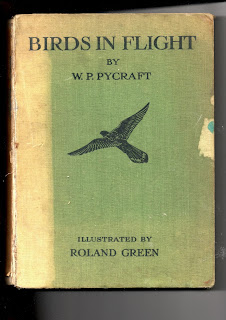We all want to write a book that is reviewed as a
page-turner. But how do you achieve this with a picture book? Well here are my five favourite tips:
One:
Make your reader fall in love with your character or at
least care for them, even if they don't like them. If they don't care what
happens then they'll not want to read to the end of the story.
Two:
End your page with a cliff-hanger. This is a device used
time and again in television programmes. The writers know when the advert
breaks are coming so they time cliff-hangers to happen just before a break.
This ensures viewers will return. If it works for them it'll work for you.
Three:
Don't complete your sentence but end with three dots then
finish the sentence on the next page. To increase the desire to turn the page
you could finish the page with such words as 'and...' 'then...' or 'but...'
Four:
Pose questions where the only way the reader can discover the answer is
to turn that page.
Five:
Ensure each page
moves the story forward. This could be answering a question, solving the cliff-hanger
set on the previous page or it could be setting up the next cliff-hanger.
Hopefully by using these tips your next story will be one an
editor will love and will want to publish.
If you have any of your own favourite page-turner tips please do share them here.
Lynne Garner
I also write for: Awfully Big Blog Adventure, Electric Authors, The Hedgehog Shed and Fuelled by Hot Chocolate.
I have three new distance learning courses commencing in November via Women On Writing:





























